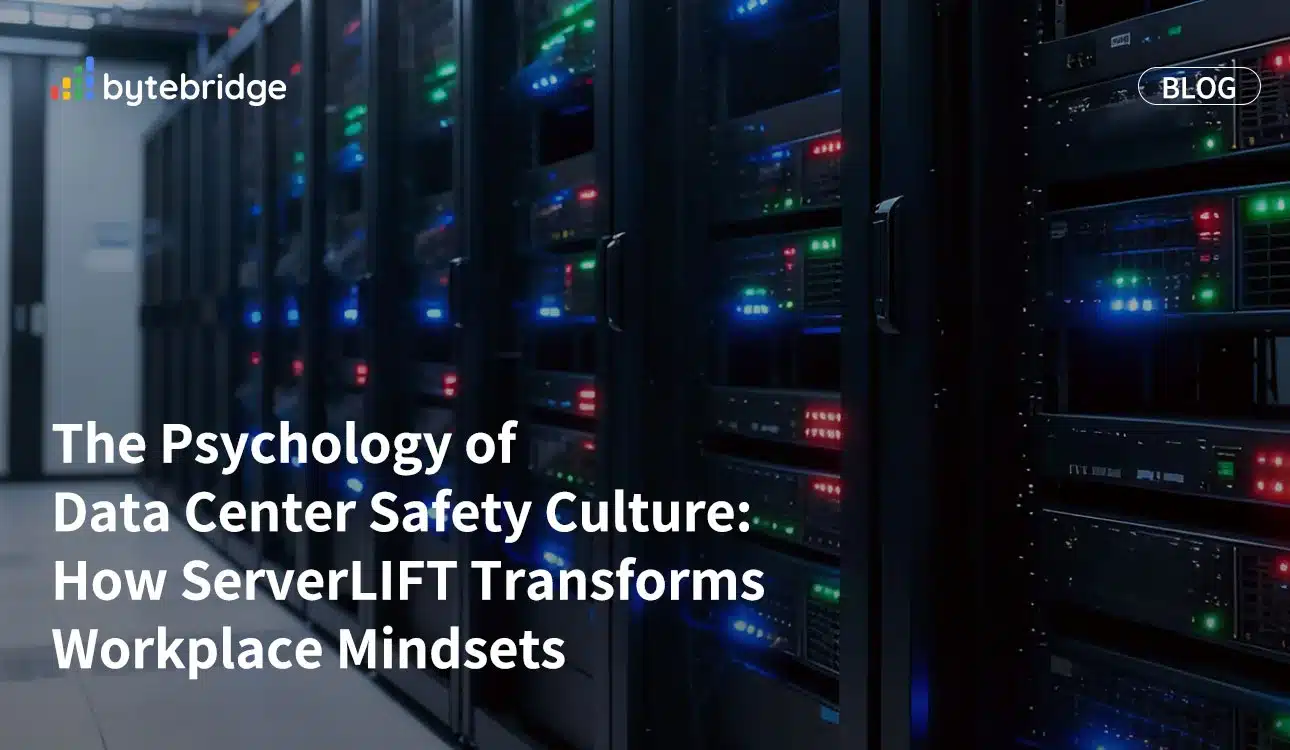In the high-stakes environment of data center operations, where servers can weigh anywhere from 50 pounds to several hundred pounds, the psychological undercurrents of workplace safety run deep. For decades, technicians with highly specialized IT expertise performed a dangerous double duty: managing complex computing systems while manually lifting equipment that would typically require industrial machinery. This article explores the psychological transformation organizations experience when shifting from manual handling to automated lifting solutions, and how this change revolutionizes workplace culture.
The Psychological Weight of Manual Handling
The physical risks of manual server handling are evident—but the psychological burden is equally significant. Before implementing purpose-built equipment, computer technicians often faced the stressful task of manually lifting and transporting expensive servers into and out of racks, a practice filled with unnecessary risk. This constant exposure to danger created an undercurrent of anxiety in the workplace, where each equipment move carried potential for both injury and costly damage.
The mental calculation before every heavy lift—”Can I handle this without getting hurt or damaging this critical equipment?”—created a chronic stressor that extended beyond physical safety concerns. Technicians knew that a single misstep could result in severe injury, as demonstrated by one company’s experience where an employee dropped a server on their leg, leading to serious injury and substantial compensation costs.
The Cultural Shift to Automated Lifting
more than just a technical upgrade—it signifies a fundamental rethinking of workplace values. One data center manager captures this transformation: “Safety is our #1 priority. Originally, we didn’t have the resources to install the hardware safely. We were using battery-operated, hand-crank lifts, but they required too much maintenance. Now, our ServerLIFT unit is well-used and everybody is happy with the ‘Cadillac’ we bought. It’s a great investment”.
This statement reveals multiple psychological shifts: from feeling underequipped to feeling properly supported, from making do with inadequate tools to taking pride in premium equipment, and from viewing safety as an expense to recognizing it as a valuable investment.
The cultural change extends beyond mere convenience. As another manager notes, “ServerLIFT makes a great product that is easy to use, and promotes safety within the data center“. The emphasis shifts from simply completing tasks to completing them safely and efficiently, reflecting an evolution in organizational priorities that technicians internalize and embody in their daily work.
Transformation in Employee Confidence and Job Satisfaction
The psychological impact of implementing proper lifting equipment manifests most clearly in enhanced employee confidence and job satisfaction. Technicians who previously hesitated before heavy lifts now approach their work with assurance. One IT manager explains: “If I have a server that needs to be installed and I’m the only one available, I can use ServerLIFT to quickly and easily rack it“.
This newfound confidence translates into tangible productivity gains. A Triara engineer reports: “In 15 minutes, we racked an HP chassis and 15 new hard drive enclosures with only one engineer. Using our new ServerLIFT lift is much safer and quicker than using 3 engineers“. The efficiency gains here are clear, but the psychological benefit is equally important: technicians can now perform their work without the constant low-grade fear of injury or equipment damage.
Perhaps most tellingly, professionals who experience this transformation become advocates for safety in subsequent roles. One customer had previously used ServerLIFT products at a different company and was now pitching the solution to his new boss, specifically mentioning his own bad back as motivation. This illustrates how positive safety experiences create lasting psychological impressions that professionals carry throughout their careers.
Conclusion: Beyond Technical Specifications to Human Psychology
While most articles focus on the technical specifications of data center equipment, the true transformation occurs in the human psyche. The shift from manual handling to automated lifting with ServerLIFT solutions represents a fundamental change in how organizations value their people—not just their output. This psychological shift creates ripples throughout the organization: reduced stress, increased confidence, higher job satisfaction, and a safety culture that becomes ingrained rather than imposed.
As one data center manager succinctly stated: “I recommend 100%. It really saved my team“. In this simple endorsement lies a profound psychological truth: when organizations invest in properly designed safety equipment, they’re not just protecting bodies from injury—they’re freeing minds from fear, enabling focus, and building a culture where both people and technology can thrive.






